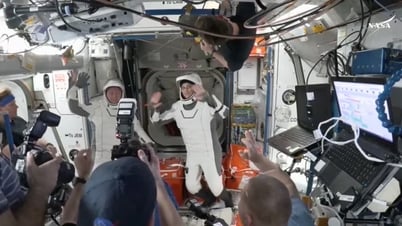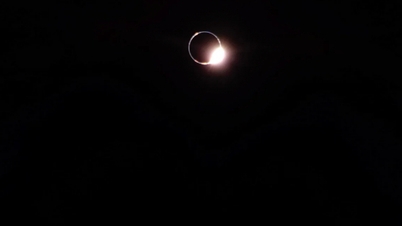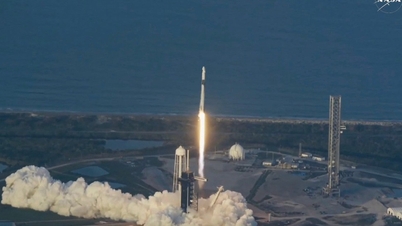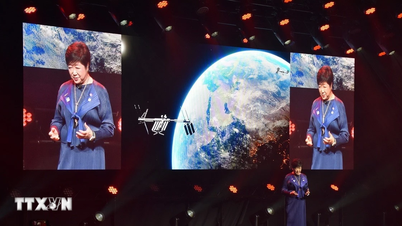According to TechSpot , the US National Aeronautics and Space Administration (NASA) has made an important step forward in developing new data transmission technology, when it successfully transmitted data via laser at a distance of 226 million km from Earth to the Psyche spacecraft.
This is the first time scientists have been able to exploit the ability to establish optical data links over such long distances, opening up the potential for faster and more efficient data transmission speeds on future space exploration missions.

Data can now be transmitted through space 226 million km at high speed
TECHSPOT SCREENSHOT
The test was carried out by the Deep Space Optical Communications (DSOC) system on the Psyche spacecraft, which is set to launch in October 2023 to explore a metallic asteroid called 16 Psyche. DSOC uses lasers to transmit data instead of traditional radio waves, which are slower and more susceptible to interference.
In the test, DSOC successfully transmitted a copy of technical data from Psyche at 25 Mbps. This is a very significant speed milestone, many times faster than current radio communication systems. Previously, NASA predicted a speed of only 1 Mbps at that distance.
More importantly, the test proves that DSOC technology can operate effectively in harsh space environments. Previously, in December 2023, DSOC achieved a peak data transmission rate of up to 267 Mbps when Psyche was 31 million kilometers from Earth .
The success of DSOC is a major step forward in developing the next generation of space communications technology. With greater speed and efficiency, the technology could help transmit high-resolution images, video and scientific data from spacecraft farther out in space.
However, DSOC technology is still in its early stages of development. For widespread application in space missions, DSOC needs further improvements in reliability, anti-jamming capabilities, and performance in different environmental conditions.
Overall, the successful DSOC experiment is a positive sign for the future of space communications. With continued technological advances, humans can explore the universe and collect valuable scientific data further than ever before.
Source link



![[Photo] Prime Minister Pham Minh Chinh meets with the Policy Advisory Council on Private Economic Development](https://vphoto.vietnam.vn/thumb/1200x675/vietnam/resource/IMAGE/2025/5/8/387da60b85cc489ab2aed8442fc3b14a)
![[Photo] General Secretary To Lam begins official visit to Russia and attends the 80th Anniversary of Victory over Fascism](https://vphoto.vietnam.vn/thumb/1200x675/vietnam/resource/IMAGE/2025/5/8/5d2566d7f67d4a1e9b88bc677831ec9d)
![[Photo] National Assembly Chairman Tran Thanh Man chairs the meeting of the Subcommittee on Documents of the First National Assembly Party Congress](https://vphoto.vietnam.vn/thumb/1200x675/vietnam/resource/IMAGE/2025/5/8/72b19a73d94a4affab411fd8c87f4f8d)

![[Photo] President Luong Cuong presents the decision to appoint Deputy Head of the Office of the President](https://vphoto.vietnam.vn/thumb/1200x675/vietnam/resource/IMAGE/2025/5/8/501f8ee192f3476ab9f7579c57b423ad)




























































































Comment (0)